The marble effect is synonymous with timeless elegance and refinement. This luxurious style, formerly reserved for natural materials, can now be reproduced thanks to accessible and environmentally friendly decorative techniques. Thanks to natural biolooking paint, it is possible to recreate the subtle shades and the characteristic veins of marble without the constraints of weight, cost or ecological impact. This article guides you through the stages necessary to master this decorative method, combining creativity, craft know-how and eco-responsible products.
Prepare the surface for a perfect rendering
Choose the right support
Before starting, select an appropriate surface. Marouflage can be made on walls, furniture or decorative objects. A smooth surface is essential to obtain an authentic rendering. Prepare the supports by eliminating irregularities, filling the holes and sanding the roughness. Biolooking lime plasters offer an ideal base to accommodate layers of paint.
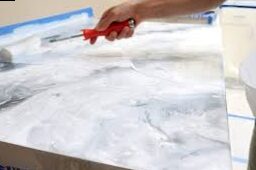
Apply an underlay
The undercoat is an essential step to guarantee perfect grip of the paint and to obtain homogeneous colors. The natural under-layers, proposed by biolooking, offer a mat aspect which prepares the support to receive the nuances of marble. Apply a uniform layer and let dry completely.
Colors for a successful marble effect
Classic nuances
Classic marble is distinguished by neutral tones like white, gray, beige or ecru. For a traditional rendering, associate a clear base with gray or black veins. Natural biolooking paint offers an ideal palette for this type of project, with mineral pigments that bring a single depth.
Dare
For a more contemporary effect, explore daring colors such as emerald greens, deep bruises or earthy reds. These variations bring a touch of originality and can transform a piece of furniture or a room into a real flagship element of your interior decoration.
Essential tools for application
Adapted brushes and sponges
Fine brushes and natural sponges are essential to make the veins and subtle shades. A short hair roll can be used to apply the base layer, while fan brushes are perfect for drawing the delicate veins.
Accessories for finishes
A knife blade or a fine spatula can be used to create textured effects on certain areas, imitating the irregularities of natural marble. Once the work is finished, a wax or an ecological varnish, proposed by biolooking, will bring a protective and shiny finish.
Techniques to create a marble effect
The basic layer
Start by applying a uniform basic color using a roll. This layer must be clear and well covering, because it will serve as a backdrop for the veins. Make sure this first step is carefully made to avoid any visible defect.
Shades and shades
To give depth, apply shades slightly darker than the base. Use a damp sponge to blur the transitions and create a diffuse effect. This method makes it possible to reproduce the variations in tone found in marble plates.
Trace the veins
The veins are the key element to recreate a realistic marble. Dip a fine brush in a contrasting painting and draw irregular lines, varying their thickness and orientation. Lightly blur with a cloth or sponge to soften the contours.
Frequent errors and how to avoid them
Too regular veins
Natural marble is distinguished by its unpredictable character. Avoid drawing too straight or uniform veins. Take the time to observe real models to inspire you and reproduce this effect in a faithful way.
A too monotonous palette
A successful marble is based on a subtle balance between colors. Integrate contrasting keys without overloading the composition. Too many similar nuances may make the result bland.
Finishes for a professional rendering
Apply a protective layer
Once the paint is dry, apply a protective finish to prolong the sustainability of your creation. A natural wax or a matt biolooking varnish will offer additional protection while strengthening the brightness of colors.
Shine
For a shiny marble effect, slightly polish the surface after applying protection. This will simulate the smooth and reflective texture of real marble.
Ideas to integrate the marble effect at home
On the walls
Applying a marble effect on an accent wall in a living room or bathroom can completely transform the space. Combine it with raw materials such as wood or metal for an elegant visual contrast.
On furniture
Relooking a table tray or a chest of drawers with a marble effect is a great way to bring a luxurious touch to your existing furniture. Combine this finish with steel or wooden feet for a contemporary style.
Maintain a painted marble effect
Regular cleaning
Use a soft and slightly damp cloth to dust and clean the painted surfaces. Avoid abrasive or chemical products that could alter the finish.
Revive
Over time, it may be necessary to refresh the protective layer. Apply a new wax or a varnish to restore shine to your creations. Creating a marble effect with natural biolooking paint is an accessible way to personalize your spaces while remaining faithful to an ecological approach. This technique, combining precision and creativity, makes it possible to transform walls and objects into real works of art, elegant and lasting.
Latest Posts Published

Decoration Beauty Institutes and Hairdressing Salons
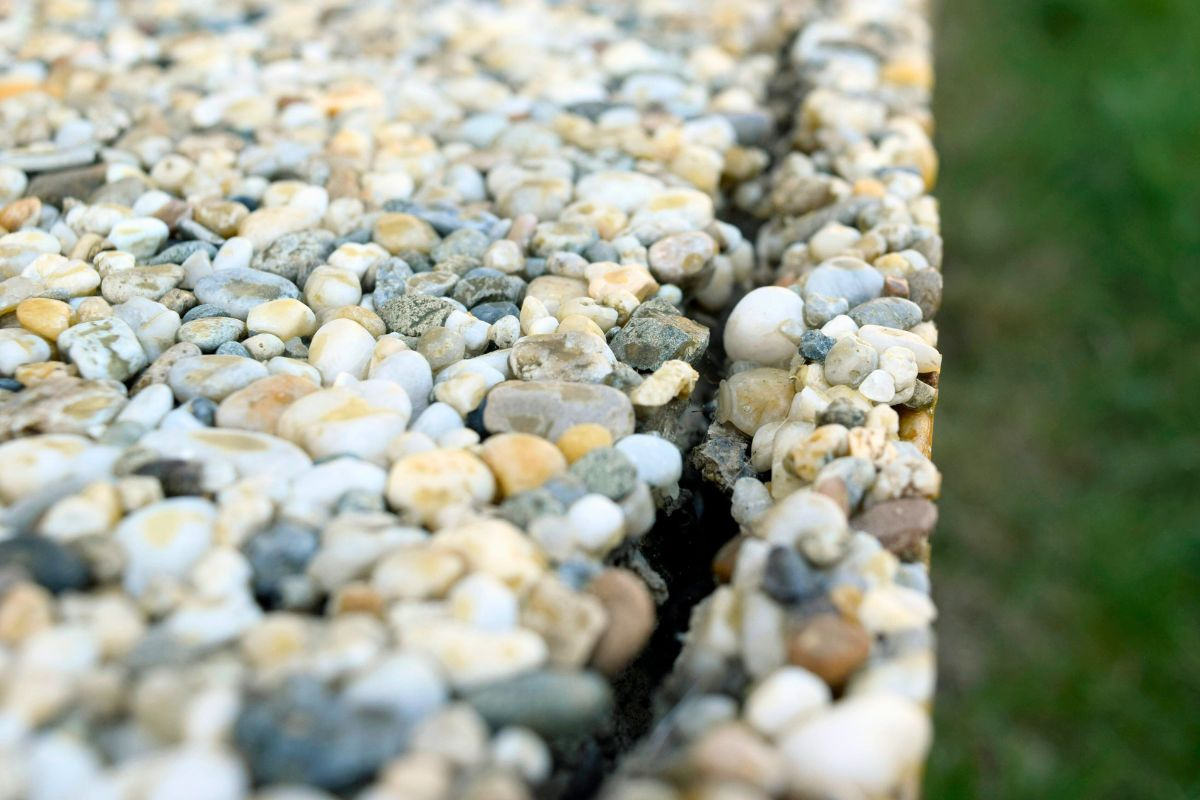
Stone carpet or waxed concrete: which covering to choose for your floor?

A Zen painting for Christmas

Top 10 of our best waxed concrete

What color for a room in 2024?
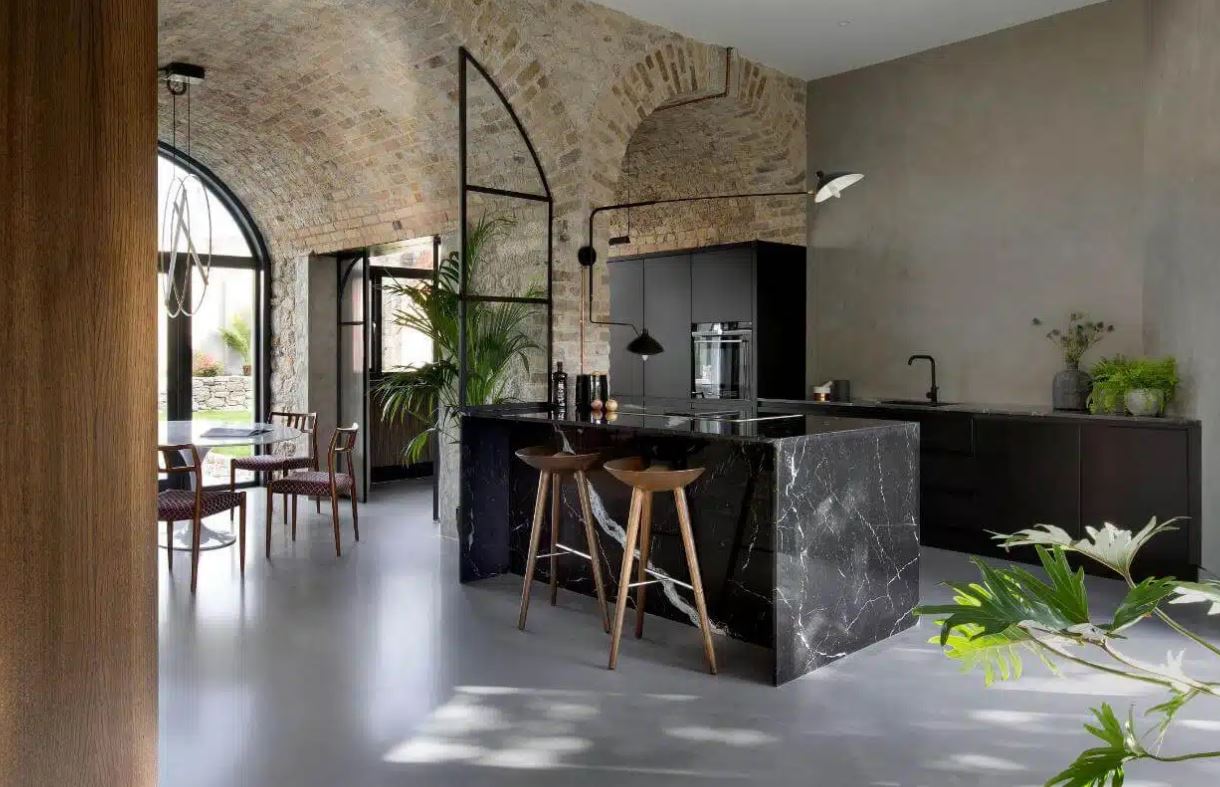
Waxed concrete in Gréasque – Waxed concrete expert

Russian doll children’s rooms: novelty
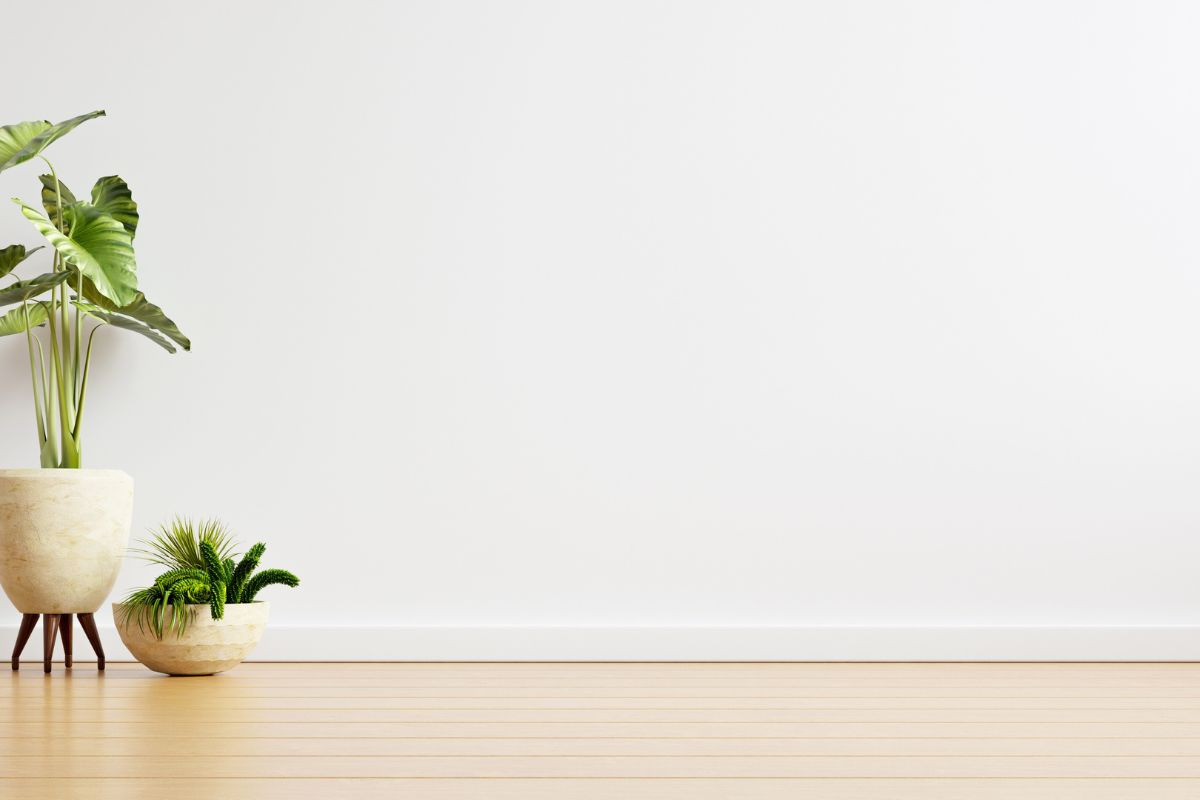
When not to make concrete?
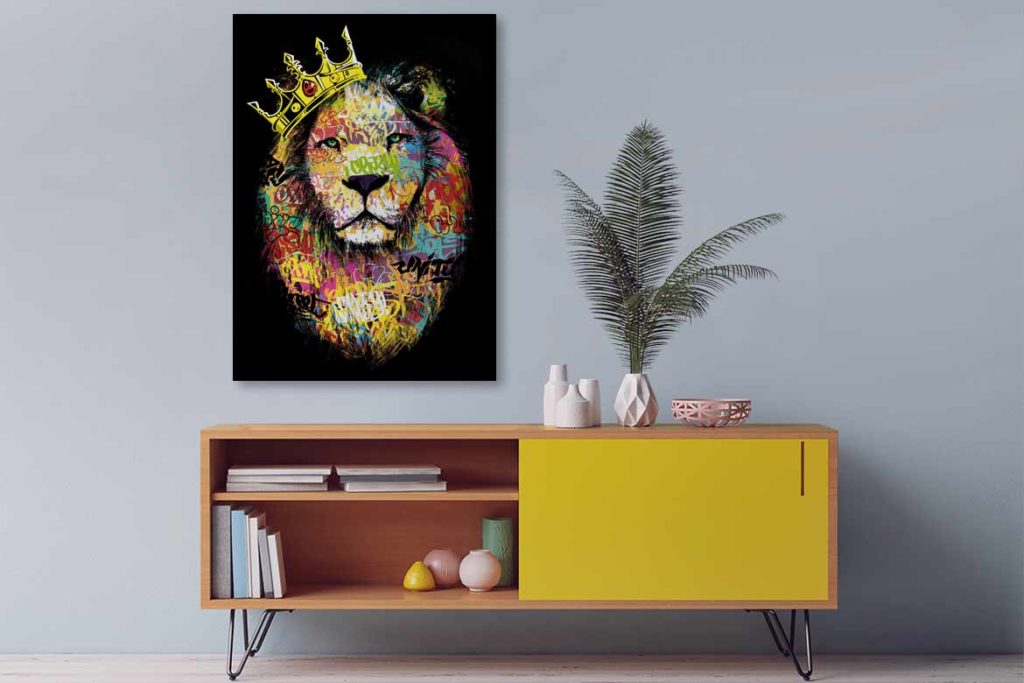
Colorful tag lion table: novelty


